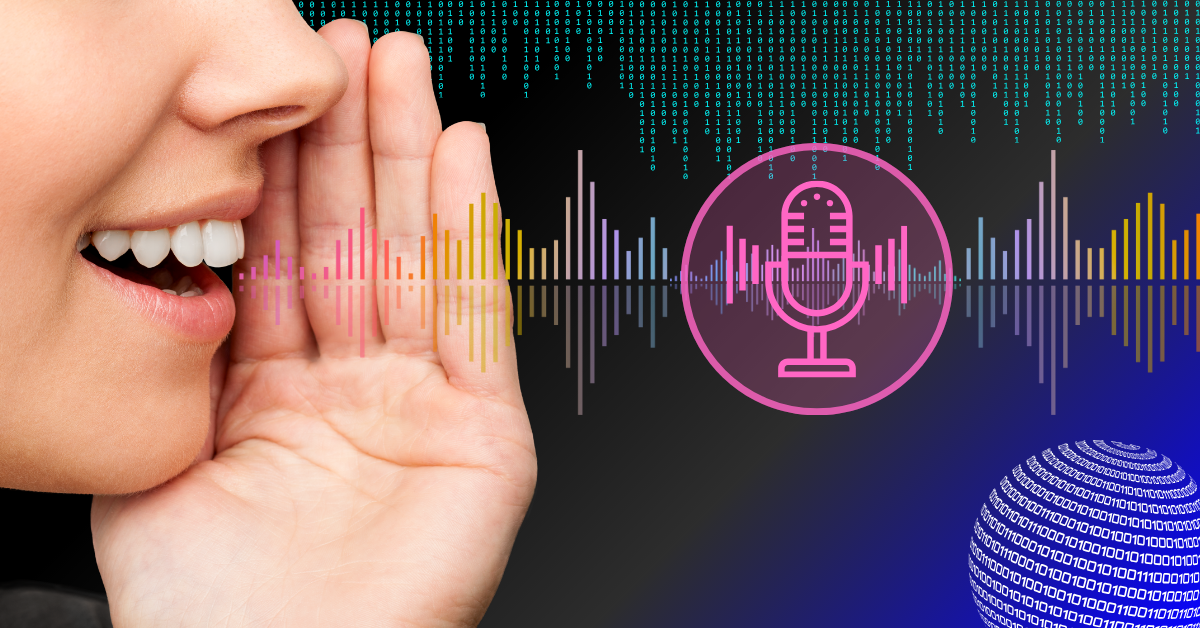Categories
Voice recognition technology has transformed how we interact with devices, secure systems, and verify identities. By analyzing unique vocal characteristics like pitch, tone, and cadence, voice identification systems can distinguish individuals with remarkable accuracy.
This deep dive explores the intricate science behind voice recognition algorithms, detailing the processes, techniques, and challenges that enable machines to “hear” and authenticate human voices. From smart assistants to biometric security, the algorithms powering voice recognition are a cornerstone of modern technology, blending signal processing, machine learning, and data science.

Voice recognition begins with understanding the human voice as a complex signal. Each person’s voice carries unique traits, shaped by physical attributes like vocal cord size and speaking habits. These algorithms aim to extract and analyze these traits to create a digital “voiceprint” for identification.
Pitch (frequency), timbre (tone quality), and cadence (rhythm) form the basis of a voiceprint.
Unlike passwords, voiceprints are inherently unique and difficult to replicate, making voice identification a powerful biometric tool.
Background noise, accents, and emotional states can alter vocal patterns, requiring robust algorithms to maintain accuracy.
The science of voice recognition hinges on transforming analog sound waves into digital data that machines can process, setting the stage for advanced analysis.
Voice recognition systems operate through a multi-stage pipeline, each leveraging specific techniques to isolate and interpret vocal features. Below is a breakdown of the key components.

To illustrate the process, here’s a numbered overview of how a voice recognition system is developed:
Gather diverse voice samples, including variations in accent, language, and environment.
Extract MFCCs, LPC, or other features to create voiceprints.
Use labeled datasets to train machine learning models, such as GMMs or DNNs.
Evaluate the model on unseen data to ensure robustness.
Integrate the system into applications like smart speakers or security systems.
Update models with new data to adapt to evolving speech patterns.
Recent advancements have pushed voice identification beyond traditional methods, leveraging cutting-edge technologies.
Deep learning has revolutionized voice recognition by enabling models to learn hierarchical feature representations. Convolutional Neural Networks (CNNs) and Recurrent Neural Networks (RNNs) process audio data with unprecedented accuracy.
Diarization distinguishes multiple speakers in a single audio stream, critical for applications like meeting transcription.
Modern systems address challenges like noise and accents through techniques like data augmentation and transfer learning, ensuring performance in diverse settings.
Despite advancements, voice recognition faces several hurdles:
Background sounds can distort voiceprints, requiring advanced noise cancellation.
Synthetic voices or recordings can trick systems, necessitating anti-spoofing measures like liveness detection.
Storing voiceprints raises concerns about security and misuse.
Models trained on limited datasets may perform poorly for underrepresented accents or languages.
Voice identification powers a wide range of applications, each leveraging its ability to authenticate or analyze speech.
Used in some banking and mobile applications for secure authentication.
Powers devices like Amazon Alexa and Google Home, enabling personalized interactions.
Assists law enforcement in identifying speakers from audio evidence.
Monitors vocal biomarkers for diagnosing conditions like Parkinson’s disease.
The field is evolving rapidly, with trends pointing toward greater integration and sophistication.
These developments promise to make voice identification even more seamless and secure.
Voice recognition algorithms are more than just technological marvels; they are gateways to unlocking human identity in a digital world. By transforming sound waves into unique voiceprints, these systems bridge the gap between human expression and machine understanding. As challenges like noise, spoofing, and bias are addressed, the future of voice recognition holds immense potential to redefine security, accessibility, and interaction. The science of voice continues to resonate, shaping a world where our voices are both our signature and our key.